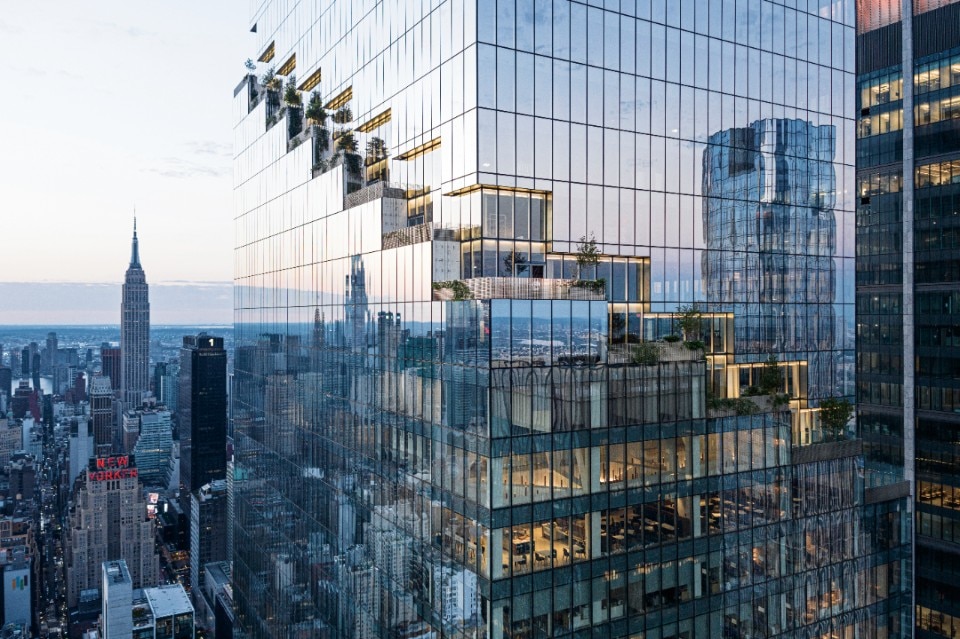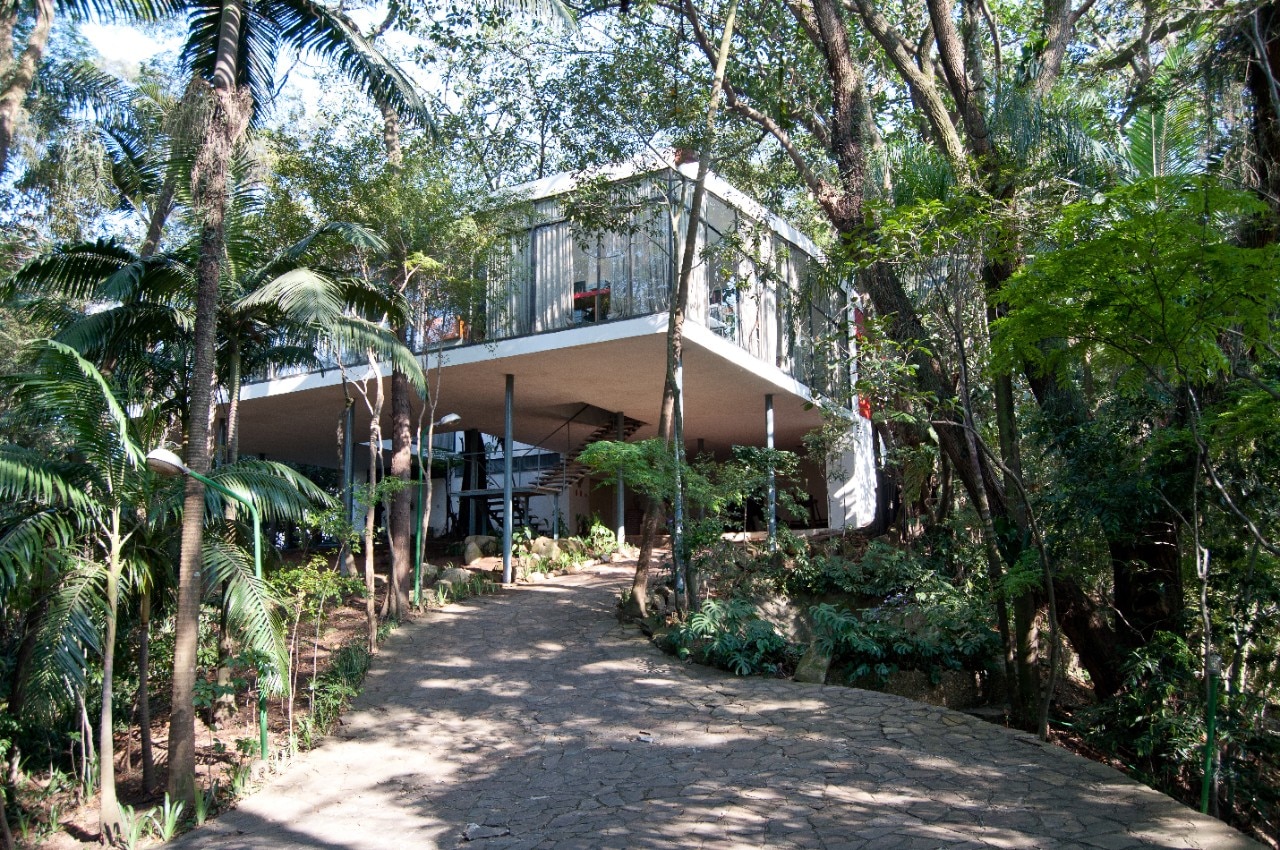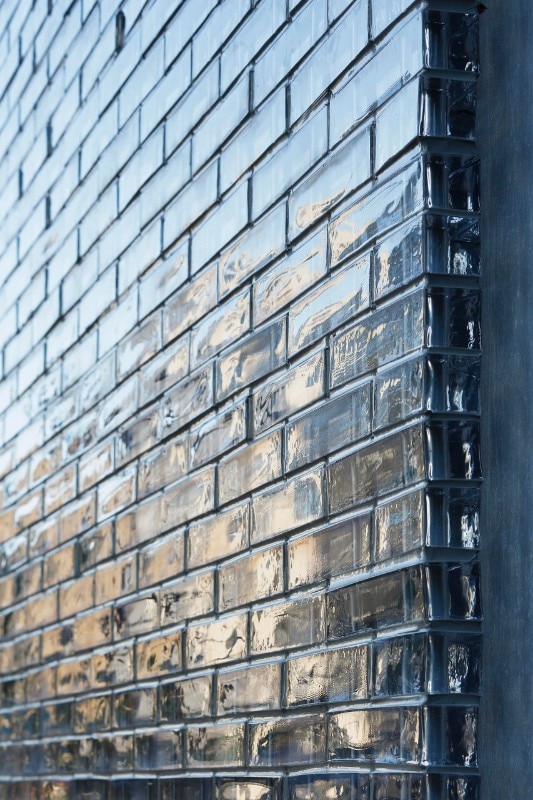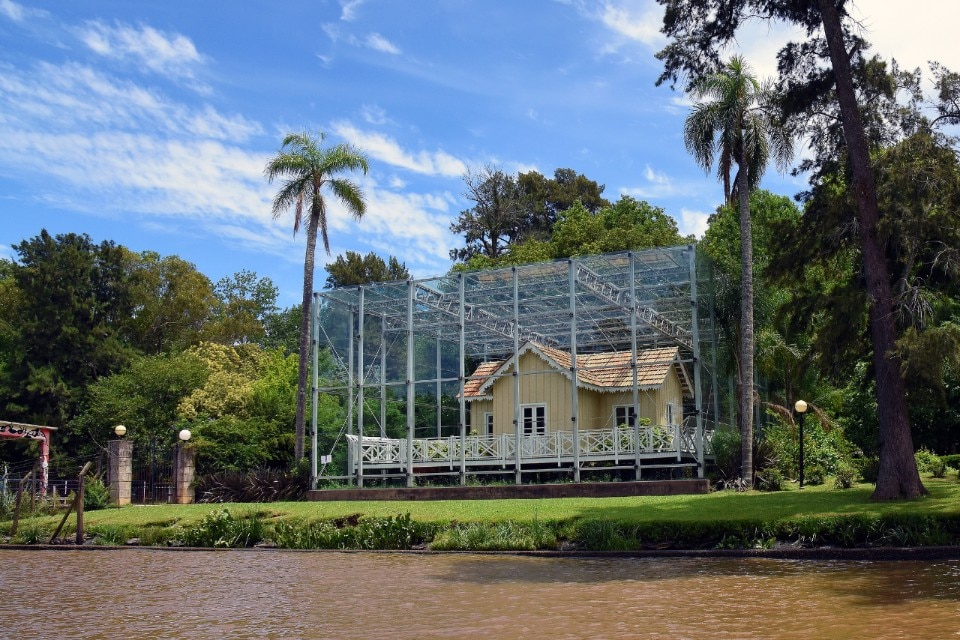Glass is the closest we have to space-age polymer. Literally made from melted sand, it is an inexhaustible resource. It can be harder and stronger than steel in compression. It is typically made floating on a sea of molten tin. It can be transparent, translucent, reflective and opaque. Since the first oil crisis in the 1970s, the use of glass has been subject to regulation in order to limit the resultant energy loads required to heat or cool a glass building. And every time, the industry has responded with enhanced IGUs and energy coatings. We seem to be living through a period where glass is frowned upon as generic and boring. But glass is such an adaptable material that I have no doubt it will keep finding new ways to transform. iPhones, helicopters, cars and buildings used to be solid objects with holes to see through. As they developed in response to the evolutionary pressures from market requirements and popular demand, the size of the screen, windshield or windows has grown incessantly until the entire envelope is made from glass.

For centuries, Venice held a de facto monopoly on highquality glassmaking, enforced by forbidding glassmakers from leaving the republic. Amid construction of the Hall of Mirrors in Versailles, Louis XIV sent agents to Venice to bribe (or kidnap) glassmakers to defect to France, effectively ending the monopoly. From there, glass has gone from luxury to ubiquity in a few centuries. Superstudio’s mirror-glasscovered monolithic structures of the Monumento Continuo were the European avant-garde’s intellectual embrace of the built reality of the North American central business districts. Julius Shulman’s portrait of two ladies lounging in the Stahl House above the abstract matrix of 1960s Los Angeles is a testament to an architecture of openness and emptiness: glass as absence. Utterly transparent, replacing all architectural materiality with an architectural X-ray of the contents of the home. A vitrine for domestic belonging.
Glass is a material chameleon capable of shifting from transparent to opaque, from absent to present, from ethereal to material.
My first encounter with glass as more than absence must be my school visit to Peter Zumthor’s Kunsthaus Bregenz. A square monolith entirely cloaked in translucent sheets of glass. Metal mullions eliminated in lieu of little metal hooks. At first glance light and airy – from the outside, silhouettes of stairs and services reveal themselves like different shades of icy translucency. But on closer inspection, you realise it is in fact a fully contained building, the only source of light coming from the enormous dropped ceilings. Like a Louis Kahnian approach to daylight, the section is striated in served and serving, illuminating and illuminated floors. I was amazed at how beautiful and tactile a material as neutral and ordinary as glass could be.
In Paris, I fell in love with Pierre Chareau’s Maison de verre. An interior designer turned architect, replacing conventional composition with a collage of thoughtfully crafted elements of walls and furniture. The view replaced with an entire translucent wall of glass bricks, transforming the Parisian backyard into a futuristic Zenlike scenery. Around the corner, Jean Nouvel’s Fondation Cartier dissolved building and garden in an esoteric interplay of transparency and reflection. Enormous sheets of glass overshot the building footprint in all directions. A garden wall expressed as building facade, creating a total confusion of inside and outside.
Kazuyo Sejima and Ryue Nishizawa’s Toledo Museum of Art Glass Pavilion that took the traditional idea of the poché to another level by replacing the inner and outer surface of the wall thickness with thin sheets of self-bearing glass. The discrepancy of adjacent room geometries along with requirements for climate control and acoustics are resolved by the free flow of inner and outer outlines. Like a Corbusian free plan in the extreme, served and serving, function and structure are all intertwined and exposed in an endless penetrating gaze through the entire architecture. Form, content and material fused into one.
Lately, glass seems to be living a revival. Apple Stores continue to pursue larger and stronger sheets of glass, pushing the industrial technological frontier. Neri Oxman uses 3D printers to deposit layers of loops of molten glass to form sculptural columns, beautiful capabilities in search of practical application. During a recent visit to Anne Holtrop’s studio, I found a sort of return to fundamentals. Using sand forms and earth to cast, slump and imprint glass with material textures more reminiscent of geology or glaciology.

We are currently working with Icon for NASA to design and deliver a solar-powered militarygrade laser printer to the moon in order to melt moon dust into a form of obsidian. Lunar dragon glass. Under the battle cry of in situ resource utilisation, laser sintering regolith allows for bringing nothing but the printer itself. The process needs no chemicals and is powered by the abundant sun, unfiltered by atmospheric particles and uninterrupted by night in the near-permanently sunlit zones around the lunar poles. Using the power of the sun to turn dust to glass is simultaneously the most progressive and the most primal building material in this series. And a perfect example of how this material exploration of mankind isn’t a linear journey but rather an eternal return with each revolution, allowing us once again to revisit old assumptions in the fresh light offered by the latest discoveries. An eternal feedback loop from material to tool, to material, to tool...

In this issue, you will find an essay by Sophie Wolf on the evolutionary journey of glass tectonics. James O’Callaghan shares the latest frontier of glass engineering. Anders Solvarm (literally Swedish for “sun warm”) shares his vision of passively solar-powered glass houses. In our conversation with Sejima san about SANAA’s surprisingly practical tectonic considerations that again and again allow them to imagine and realise the most poetic designs.
OMA and Olafur Eliasson add two glass pavilions to the Albright-Knox Art Museum, while Zone of Utopia and Mathieu Forest silk-screen glass cubes to create an almost cinematic illusion of frost and materiality. Jean Verville uses glass walls to turn an apartment both conventional and radical, visually open yet physically divided. TNA create an almost disappearing art pavilion in the forest, while Katie Paterson and Zeller & Moye materialise a mirage of cast glass tubes, like core samples of precious crystals. UPenn integrates design and engineering to create a bridge out of a 3D puzzle glass shards.
Chris Payne takes us behind the scenes of the manufacturing of enormous telescope lenses. Germans Ermičs uses structural lamination to eliminate conventional joinery, while Paul Cocksedge uses slumping to create soft collisions between glass and found objects. Yuki Akari uses borosilicate glass to capture the ephemeral forms of water splashes, and Robert Comploj turns glassblowing into street art. Finally, Dustin Yellin explores the oxymoronic nature of his sculptural collage works and their literal deep flatness. A snapshot of a field of design and manufacturing that is revolving through a steady stream of exploration and rediscovery. Even if the Miesian glass box won’t be the final form of architecture, the material itself is like a material chameleon capable of shifting from transparent to opaque, from absent to present, from ethereal to material.
Opening image: Big, The Spiral, 2023, New York, United States. Photo Laurian Ghinitoiu























